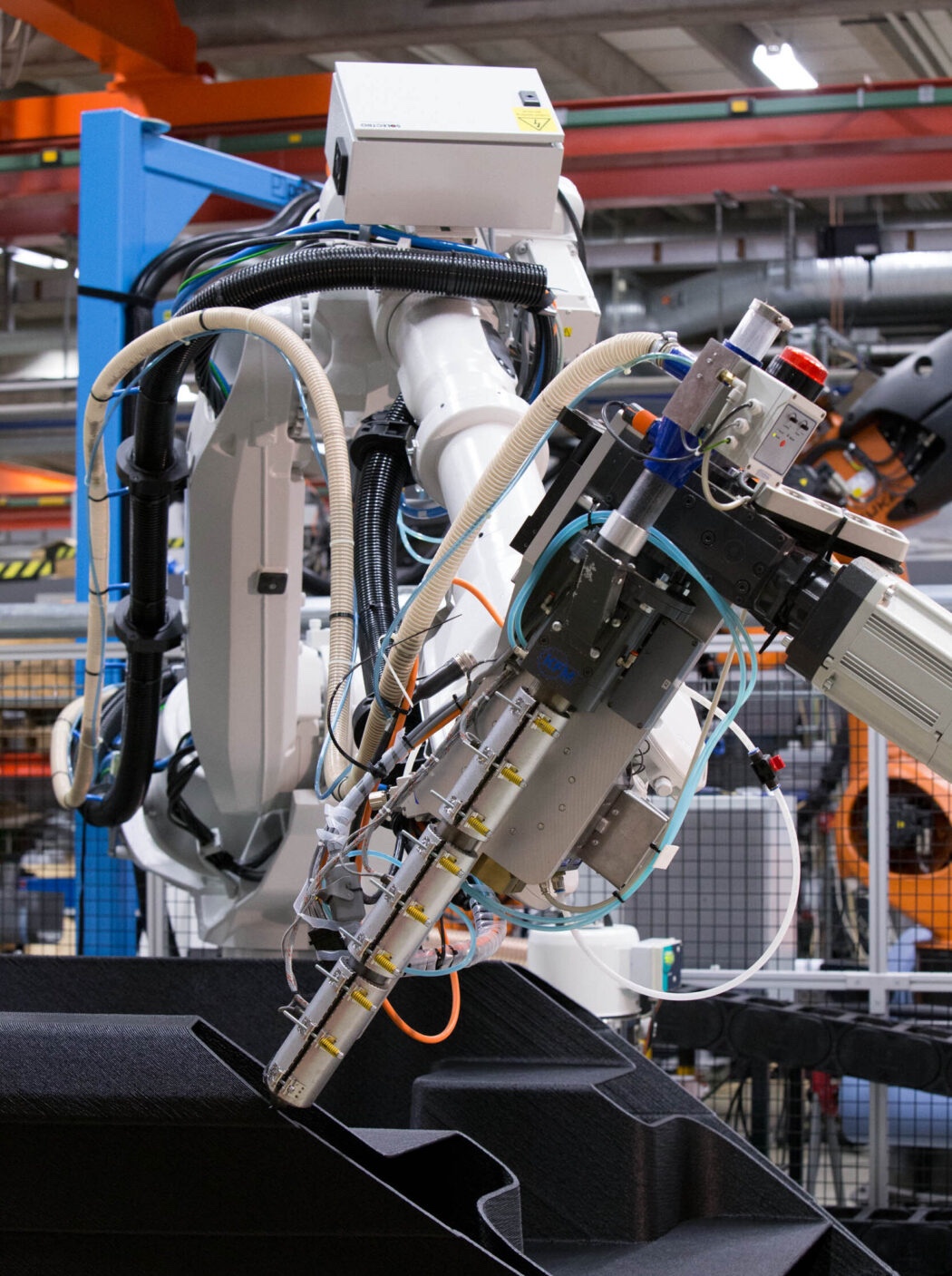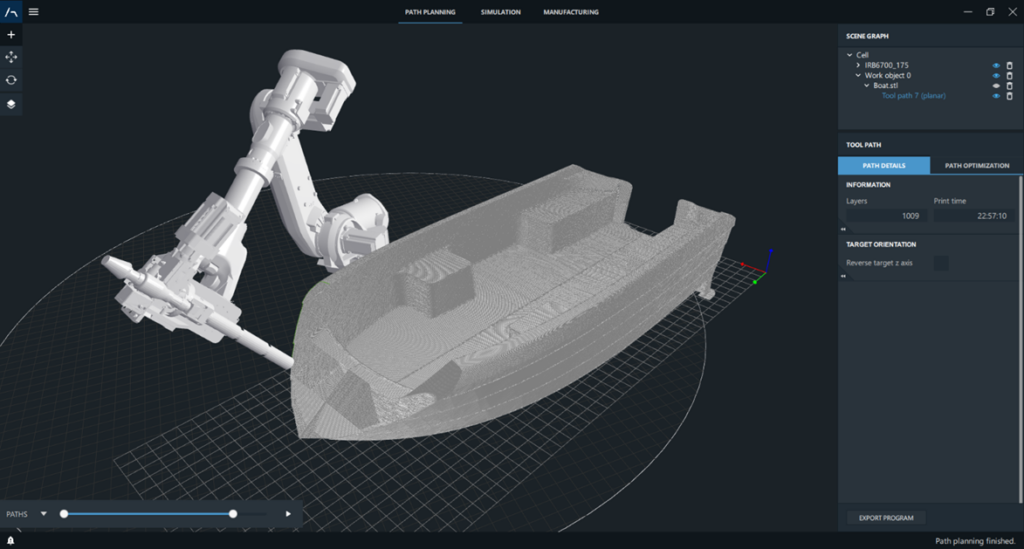Like any good buzzwordy phrase, “Industry 4.0” has its high and low points. An example of a low point, for instance, would be that it’s a subtle way of presenting our dystopian future as an exciting new idea, rather than simply the inevitable working out of market dynamics. Contrarily, what is perhaps its highest point is that it instantly suggests the inextricable relationship between the trajectories of what could otherwise seem like very distinct economic trends.

A French-Swedish startup, for instance, ADAXIS (founded in 2021), is predicated entirely on developing a software platform that recognizes the necessarily overlapping objectives between three of the sectors most closely associated with the phrase “Industry 4.0”: artificial intelligence (AI), additive manufacturing (AM), and robotics. Earlier this week, ADAXIS announced that its software platform, currently in development and called AdaOne, has just received over €1 million in its first, pre-seed round of funding. Capital came from Newfund NAEH, an investment fund for French and American tech startups; France-based SkalePark, which focuses on funding startups at the seed phase and takes a particularly hands-on approach to its investments; and EIT Manufacturing, a division of the European Institute of Innovation and Technology (an EU organization). ADAXIS also received money from French regional grants.

Comprised of just four individuals — all engineers — the team at ADAXIS first met while they were working together on an EU co-funded collaborative research project. Moreover, they’ve all spent the last five years working on applied research into the use of industrial robotics for AM, at ESTIA (France’s Institute of Advanced Industrial Technologies) and RISE, a Swedish state-owned research institute. The purpose of AdaOne is to use algorithms to accelerate and simplify the process of transforming industrial robotic arms into giant 3D printers.
In ADAXIS’s press statement on closing this first round of funding, the founder of Newfund NAEH, Agathe Descamps, explained, “ADAXIS allows us to contribute concretely to Industry 4.0 by marketing reliable and operational tools. ADAXIS has taken on the challenge of providing software that makes manufacturing industries more efficient and competitive. We were impressed by the technological maturity of their product, and we are very happy to help this young company seize the opportunity that the development of this market represents.”
Other promising facets of the AdaOne software include that it’s intended to work with metal, plastics, composites, and concrete — meaning that there’s a rather limitless variety of projects it could be used for; and that it’s being designed not just for manufacturing, but also for on-demand repairs.
Reading about the company’s earliest round of funding immediately brought to mind a comment made to GeekWire a few weeks ago by Relativity Space CEO, Tim Ellis, when he was explaining the company’s hire of former Microsoft executive, Scott Van Vliet: “…I very much do believe the quote from Andreesen-Horowitz that ‘software is eating the world.’…Everything that Relativity is doing, transitioning manufacturing to more software- and data-driven approaches, is inevitable. We’re just the farthest along.”
Also relevant is this highly astute point recently made by 3DPrint’s Joris Peels: “Software is moving into the driving seat as the competition heats up.” The more aspects of Industry 4.0 a company is attempting to integrate, the more software will continue moving into the driver’s seat.

Recent Comments